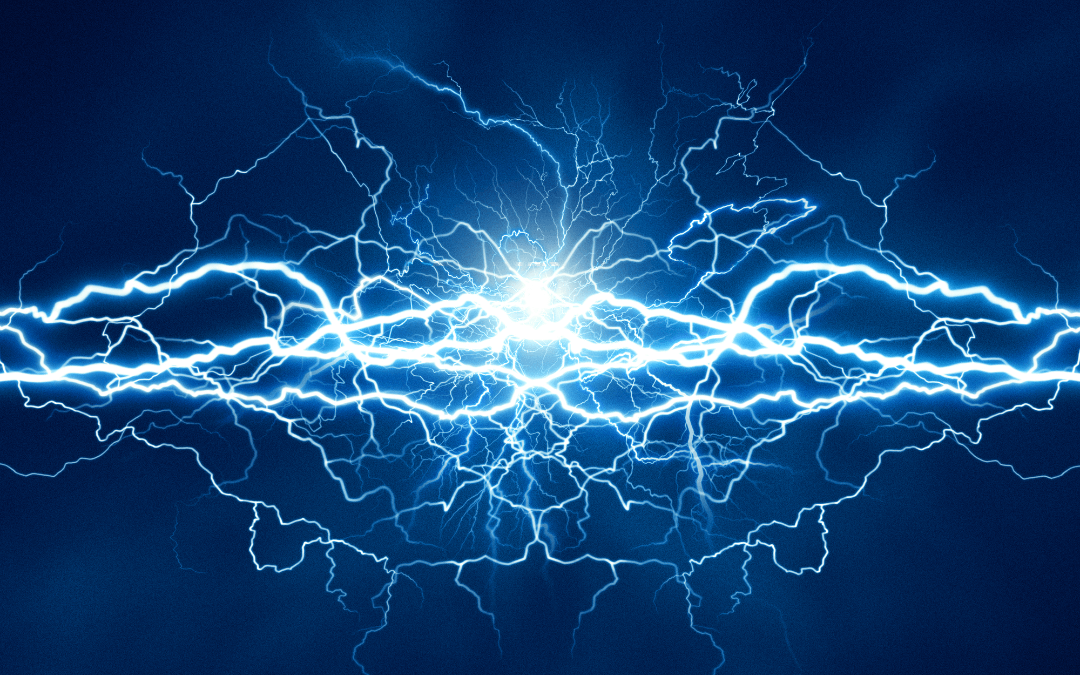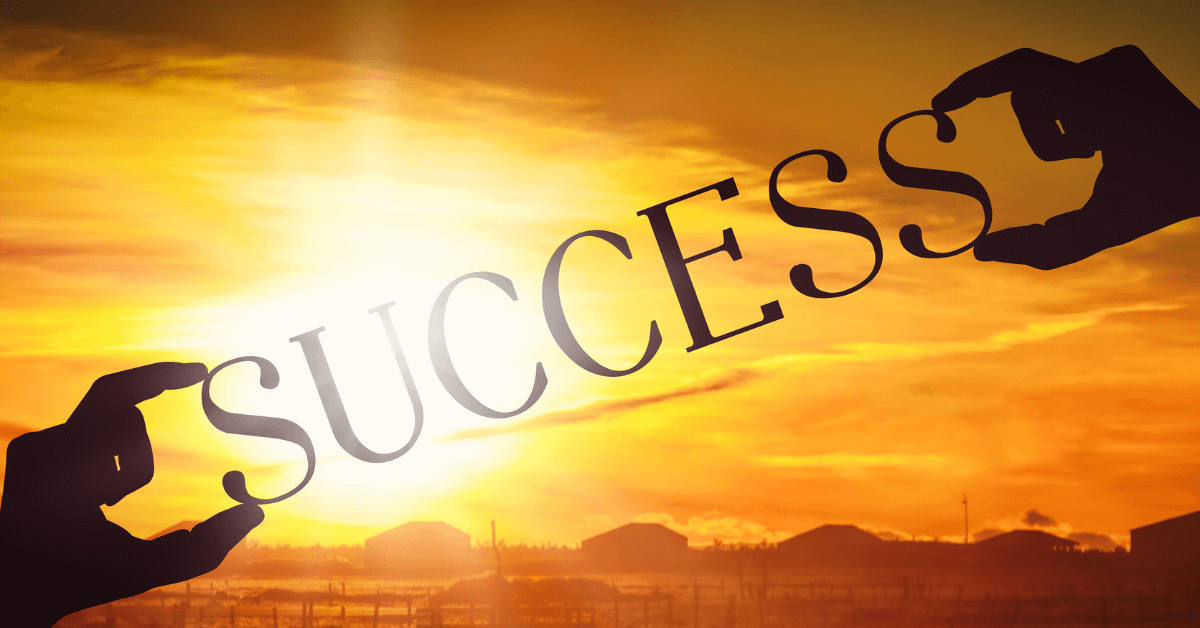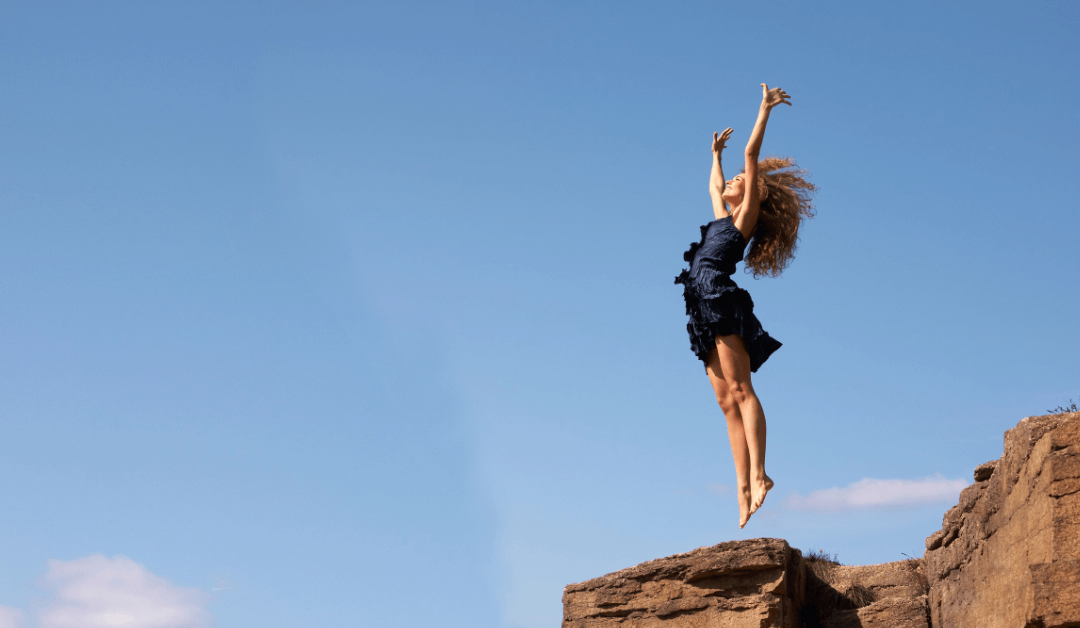Excitement is a strong positive emotion. It gives us a boost of energy and inspires fast positive action. Because it is such a strong emotion, many people have learned to tone it down or even suppress it entirely. But excitement is very powerful and once we allow ourselves to feel it, we can use that power to achieve any aim in life.
Physical reaction
Excitement is an emotion, so it triggers a physical chain reaction. Our heart rate increases, we breathe faster and blood flows to our extremities. Our cells generate more energy. We are pumped! What this means is that we are ready to take action.
If the physical reaction sounds familiar to you, that’s because it’s very similar to fear and anger. But excitement comes with happiness or joy. We only feel it about positive ideas and events in our lives.
The boost of energy is a catalyst to jump-start us into working on a new idea, or taking positive action, or just doing something fun, which releases happiness neurotransmitters like serotonin into our brains.
When we allow ourselves to be excited, taking those first steps becomes easy. And once the excitement wears off, happiness and joy take over for the longer term to keep us going.

Jumping up and down
This sounds amazing, doesn’t it? Being as happy as possible is also healthy for our physical and mental well-being. So how come we rarely feel excited? Some people even believe they don’t have this emotion at all.
But they do. We are all born with the same emotions. However, excitement is one of the strongest. It is as strong as panic and rage, meaning if we really let it flow, it takes over. We raise our voice, we talk faster and less coherently. We might even feel the urge to run or jump and do it.
Extreme emotions and the actions they naturally trigger make most people uncomfortable. Even if they are positive emotions. When people are in a very different emotional state, like despair or fear, seeing someone else excited can make them feel worse.
Curbing excitement
When people are uncomfortable with others’ emotions they often teach them to behave differently. Think back to childhood if you can or just remember a time when you watched children play excitedly. I bet they shouted, ran and even jumped around. That’s normal behaviour.
However, it’s only accepted in society in specific contexts and up to a certain age. A loving parent will not say anything to a kid jumping and squealing on the playground but if the same kid behaves excitedly in the supermarket or even at home, they are often told to tone it down.
I certainly learned not to make too much noise or run around in the house, no matter how I felt. As I grew older, I also picked up that being too excited earns you ridicule or anger. So I curbed my excitement. I was lucky enough to only learn to fake it, while I still felt the emotion strongly. Some people, though, get really good at suppressing it.

Kids are coping geniuses
Children are extremely skilled at adaptation. Adults teach them through words, rewards, punishment, and most importantly through example how they should behave. So kids find ways to fit in.
If you feel excitement but it’s immediately followed by (self-)doubt, worry, anxiety, critical thoughts and so on, that’s just a coping mechanism. You learned to react with negative thoughts that would shift you into an uncomfortable emotion.
The doubts, worries and even fear have nothing to do with the idea or event that triggered the excitement. They are just the coping mechanisms you developed as a child – you genius adapter! – to suppress your excitement. Why would anyone turn a positive into an uncomfortable emotion?
Worry and doubt are often labelled as the tools of realistic people. Fear and anxiety are understood as “sensible” reactions to this oh so terrible world. Because of the negativity bias in our societies, uncomfortable emotions are actually socially acceptable. You wanted to fit in, so you did what you had to do.
Ready for a change
Anything you learned can be unlearned. If you practiced reacting with doubt, worry and fear to exciting new ideas long enough, your reaction became a habit. But habits can also be replaced by helpful new ones.
The first step is self-awareness. Here’s what happens: You have a thought (step 1), which triggers excitement (step2), which in turn triggers new thoughts (step 3). When you are self-aware, you notice each one of these steps and you can ram a wedge between step 2 and 3.
Instead of reacting on auto-pilot with thoughts that scare you or raise doubts and worries about the exciting new idea or event, you can pause. Remind yourself that everything is well. Better than well. You are in an exciting new experience. Focus on the happy aspects of your now.
Than double down with positive thoughts. What if your idea worked out? What if this event was as fun as it seems to be? These new thoughts put you on a different track. Now you are optimistic and hopeful. Keep this going for just a minute and you’ll shift into joy and happiness.

Repetition creates habits
When you practice self-awareness, excitement might feel a bit much at first. You might also not recognize it immediately. That’s perfectly fine and normal. The longer you suppress an emotion the less familiar you become with it.
Luckily, our positive emotions are just as strong and enduring as our uncomfortable ones. We were born with them for a reason. Your excitement is still happening. Do your best to notice it consciously. Take a few minutes every day and either remember or imagine a scene that makes you feel excited. Stay with it as long as you can.
And when you have an exciting new idea, act on it. Emotions prepare us for actions. When they lead to actions that work for us, meaning that make us feel better in some way, our brain remembers and is much more likely to trigger the same emotion again and faster. So the more excited action you take, the more often you will feel excitement.
This action does not have to be big. If you have an idea, just take the first step. When you are at an event, allow yourself to explore and relax and move around. Action helps your brain remember. Small action is perfect to get you started. If you prefer, simply jump up and down with excitement about a great idea. Whatever feels good helps you practice one of the best emotions we have.
Party poopers
What about other people? We all learned to curb or suppress our excitement because others taught us that it was inappropriate to scream and jump. Now that we are adults the judgement will be even harsher.
We are also much more skilled at fine tuning our actions and channelling our energy. We’ve had decades to practice. You can jump with excitement if you don’t mind being judged, are alone or are surrounded by supportive people.
But you can also use the energy excitement releases to take any deliberate action. You can decide to take the first step towards making your new idea a reality or release it with exercise. By all means, channel your excitement into actions approved by society. Just take those actions so you get to practice this wonderful and truly powerful emotion as much as possible.

Key to success
Positive emotions are much more powerful motivators for learning, actions and change than uncomfortable ones. And feeling excitement feels amazing. Stick with it as much as you can because once you get good at it, you can leverage excitement for incredible successes.
When you reward an idea with even a few minutes of excitement, your brain will find you more ideas. The more ideas you have, the more likely you are to come up with a brilliant one. Over time, the threshold to feel excited lowers. Small things, like a slice of chocolate cake, will trigger the emotion. You can even become so good at it that you can decide to get excited about anything.
Excitement is the energy boost behind creativity, the catalyst for more fantastic ideas and the catapult to get you past the hardest part of any project, the first few steps. All you have to do is allow it and then practice for a while. I promise it’ll be fun.
